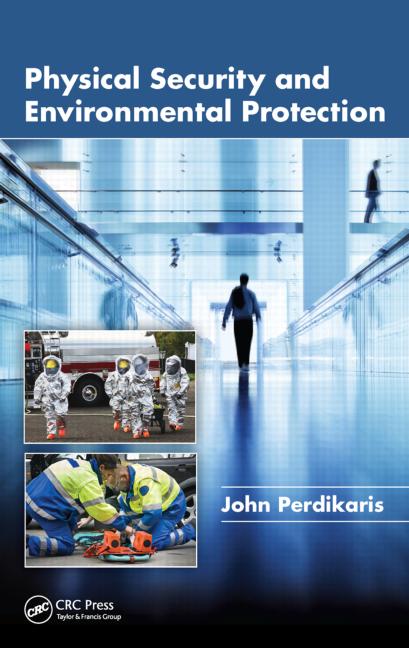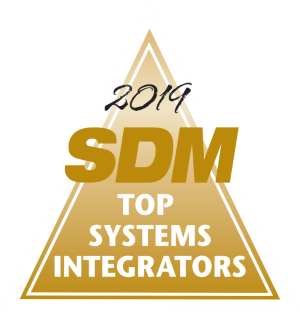Integrator Challenges on High-Tech Projects

How to Bridge & Manage the Expectation Gap
On behalf of PSA Security Network, Candice Aragon, PSA vice president of marketing and events recently sat down with Renee Schwab, CEO at Care Security Systems Inc., New York City, to discuss the challenges that can arise for security integrators on high-tech projects. Schwab provided many scenarios that can occur and some practical solutions for how to avoid these challenges altogether.
PSA: What would you identify as a major driver of issues on a high-tech product installation with end users?
SCHWAB: One of the most common challenges I see is the gap between the sales team and the technical team at a systems integration company. For a project to be successful, there are many considerations from the outset that a sales team needs to be aware of when working with the end user. For instance, products need to be manufactured by a reliable and reputable manufacturer. Likewise, they need to be compatible with existing equipment and the end user’s environment and fit into the application. Finally, the end user’s technical staff needs to be trained and certified to operate the technology at its full capacity.
PSA: How does a systems integrator solve for this gap?
SCHWAB: There needs to be clear and thorough communication between sales staff, engineering, operation, and technical staff whenever a new product or solution is introduced. There needs to be a process that flows through the various departments to ensure the communication is clear and teams are on the same page: presales meetings; design approvals; kickoff meetings with everyone present to brainstorm; and fine tune and post-mortem meetings to discuss are a few examples.
PSA: Are there other disconnects that can exist when an end user is working to select the correct product for its needs?
SCHWAB: Yes. Another common challenge we see is with product cutsheets. Cutsheets promise functions and features that set the expectations. In a perfect world the system would function as advertised, but when you factor in the actual variables the thresholds change considerably — enough to create instability, lack of reliability, and system breakdown. These variables can include existing systems, resources, hardware, power, distances, network, end-user culture, weather (heat, cold, humidity), integrations, and licensing. A security integrator must educate the end user to set realistic expectations based on the real-world variables that exist, not on the cutsheets, and make sure to put everything in writing in your project plan. Humans are naturally optimists and tend to hear what they are hopeful that the system can do, even if that is not what you said.
PSA: Aside from the challenges that can arise between the sales teams and technical teams, what other levels in the organization can have an impact on the success of an installation?
SCHWAB: We have also seen that the expectations of an organization’s executive management might not be fully communicated to the actual operators of the system. The leadership team will have KPIs in mind, but when the system is rolled out, it’s done so in its most basic form.
PSA: What can cause the disconnect and how can a systems integrator ensure the correct product is selected and used to its full capability?
SCHWAB: One of the leading causes is an insufficient definition in project planning and there is not enough follow through when the project gets handed off from the executive team to middle management. Similarly, turnover at all levels of the organization can cause these challenges over the life of a project. From the time that the project got planned to the time the system is used, there could be different management or operators. Variables and needs are also constantly changing. A year ago, the hot topic was thermal scanning and today that is no longer the buzz.
PSA: Some of these challenges, such as turnover, are unfortunately inevitable. How does an integrator navigate through them?
SCHWAB: Better project planning where the team maintains focus on objectives and keeps continuity throughout the project with upper-level management. Project management is also extremely important. Finally, training is critical. When the project is finished, the end user’s team must be adequately trained on how to operate. Training doesn’t happen once, either. Due to turnover, training, and needs, re-assessment must be constant so the team operating it on a day-to-day basis knows what they’re doing and what is expected from their security systems in place.
PSA: What are some other tips to ensure a successful project when working with high-tech products?
SCHWAB: We always recommend healthy oversizing of supporting hardware and network requirements, as well as asking manufacturers for test equipment to set up and bench test before committing. It goes without saying to stay away from proprietary hardware that could cause a compatibility issue down the road. Other due diligence includes pretesting in a sandbox testing and development environment before going to a production environment; and getting buy-in from technical staff and the end user before proceeding to the implementation phase. Finally, end users should work with an experienced, knowledgeable, reliable, and trusted integrator who has done similar projects successfully.
Looking for a reprint of this article?
From high-res PDFs to custom plaques, order your copy today!









